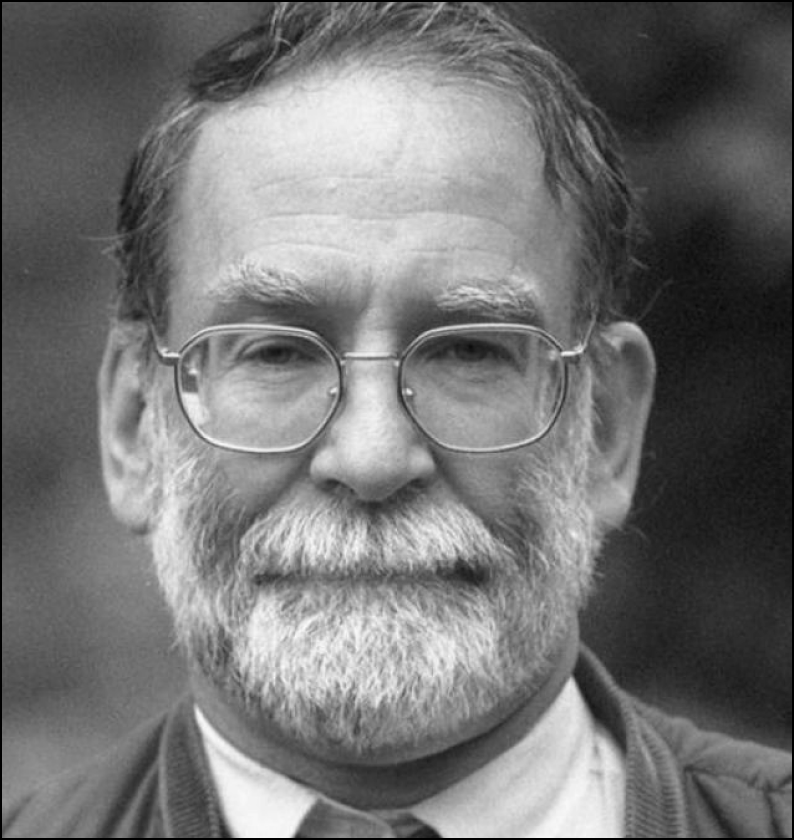
b: 1946
Harold Shipman
Summary
Name:
Nickname:
Dr. Death / Angel of DeathYears Active:
1975 - 1998Birth:
January 14, 1946Status:
DeceasedClass:
Serial KillerVictims:
215+Method:
PoisonNationality:
England
b: 1946
Harold Shipman
Summary: Serial Killer
Name:
Harold ShipmanNickname:
Dr. Death / Angel of DeathStatus:
DeceasedVictims:
215+Method:
PoisonNationality:
EnglandBirth:
January 14, 1946Years Active:
1975 - 1998Date Convicted:
January 31, 2000bio
Harold Frederick Shipman was born on 14 January 1946 on the Bestwood Estate, a council estate in Nottingham. He was the second of three children. His father, Harold Frederick Shipman, was a lorry driver, and his mother was Vera. His parents were devout Methodists.
Shipman was very close to his mother, who died of lung cancer when he was seventeen. She had morphine administered by a doctor at home, which eased her pain until her death on 21 June 1963.
On 5 November 1966, Shipman married Primrose May Oxtoby. They had four children. Shipman studied medicine at the Leeds School of Medicine, University of Leeds, graduating in 1970.
Shipman began his career at Pontefract General Infirmary in Pontefract, West Riding of Yorkshire. In 1974, he became a general practitioner (GP) at the Abraham Ormerod Medical Centre in Todmorden. The next year, he was caught forging prescriptions for pethidine for his own use and was fined £600 and briefly attended a drug rehabilitation clinic.
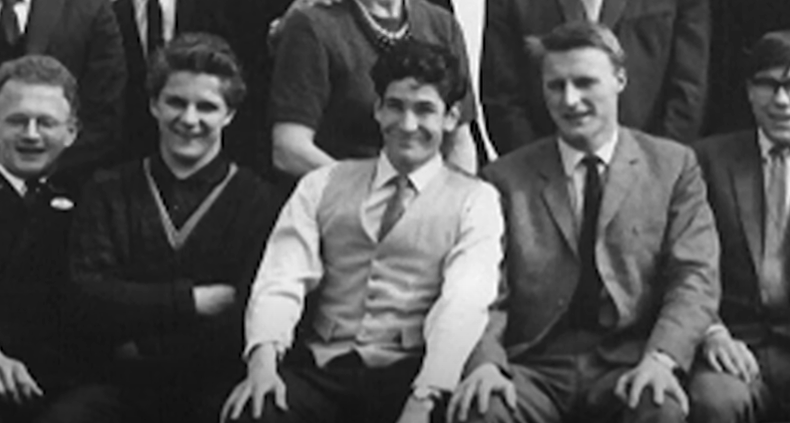
In 1977, Shipman started working as a GP at Donneybrook Medical Centre in Hyde, Greater Manchester. He continued working as a GP in Hyde throughout the 1980s and opened his own surgery at 21 Market Street in 1993. Shipman became a respected community member. In 1983, he was interviewed for the Granada Television documentary World in Action about the treatment of the mentally ill in the community. This interview was re-broadcast on Tonight with Trevor McDonald a year after his conviction for murder.
murder story
In March 1998, Dr. Linda Reynolds from the Brooke Surgery in Hyde told John Pollard, the South Manchester District coroner, about her worries. She was concerned about the high number of deaths among Shipman's patients, especially elderly women. Despite an investigation, the police found no evidence and closed the case on April 17. Later, the Shipman Inquiry criticized the Greater Manchester Police for using inexperienced officers. After the case was closed, Shipman killed three more people. In August, taxi driver John Shaw told the police that he suspected Shipman had murdered 21 patients. He noticed many of his elderly customers, who seemed healthy, died under Shipman's care.
Shipman's last victim was Kathleen Grundy, a former mayor of Hyde, who was found dead at home on June 24, 1998. Shipman was the last person to see her alive and later signed her death certificate, saying she died of old age. Grundy's daughter, Angela Woodruff, became suspicious when she learned about a questionable will that excluded her and her children, leaving £386,000 to Shipman. She went to the police, who started an investigation. Grundy's body was exhumed and found to have traces of diamorphine (heroin). Shipman claimed Grundy was an addict and showed false medical records as proof. The police found that the entries were made after her death.
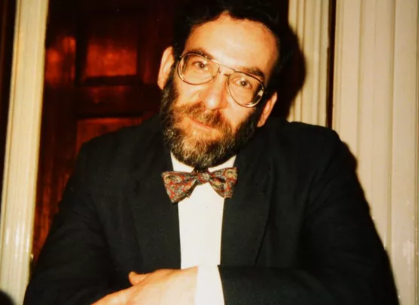
Shipman was arrested on September 7, 1998, and a typewriter used to forge the will was found. A book called "Prescription for Murder" suggested that Shipman either wanted to be caught or planned to retire and leave the UK. The police investigated other deaths certified by Shipman and found a pattern of lethal diamorphine doses, false death certificates, and falsified medical records. By 2003, experts suggested that monitoring could have raised alarms as early as 1996. Many deaths occurred in the afternoons when Shipman visited patients.
Shipman's trial began on October 5, 1999, at Preston Crown Court. He was charged with the murders of 15 women between 1995 and 1998:
Shipman's lawyers tried to separate the Grundy case, but failed. On January 31, 2000, the jury found Shipman guilty of 15 counts of murder and one count of forgery. He was sentenced to life imprisonment for each murder and four years for forgery, with no chance of release. Shipman was removed from the medical register on February 11. Later, Home Secretary David Blunkett confirmed Shipman's life sentences. Authorities decided not to charge him with more crimes due to the extensive publicity and the existing life sentences. Shipman became friends with another serial killer, Peter Moore, in prison.
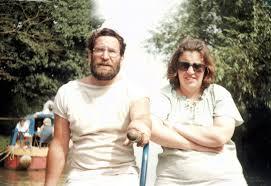
Shipman denied his guilt and never explained his actions. His wife, Primrose, also believed in his innocence. Shipman is the only UK doctor convicted of murdering patients. Another doctor, John Bodkin Adams, faced similar accusations in 1957 but was acquitted, which may have influenced Shipman's case.
On January 13, 2004, Shipman hanged himself in his cell at Wakefield Prison. He was 57. His body was taken for a post-mortem and then released to his family. Some victims' families felt cheated by his suicide, as they never got answers or a confession. Newspapers were divided on his death, with some calling him a coward and others celebrating. An inquiry found his suicide could not have been predicted or prevented.
After his body was released, it stayed in Sheffield for over a year. Police advised against a public burial to avoid grave attacks. Shipman was cremated on March 19, 2005, in a private ceremony.
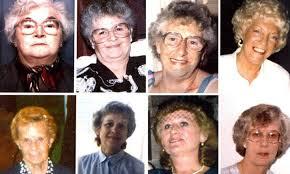
In January 2001, a senior detective led an investigation into 22 more deaths. The Shipman Inquiry in 2002 found that he had killed at least 218 patients between 1975 and 1998. Judge Janet Smith's report in 2005 suggested the total number of victims could be around 250. Six doctors were charged with misconduct but were not found guilty. Shipman also stole jewellery from his victims, and some was returned to their families while the rest was auctioned.
A memorial garden for Shipman's victims opened in 2005. By 2009, many families were still seeking compensation. Letters Shipman wrote in prison were almost sold at auction but were withdrawn after complaints.
The Shipman case led to changes in medical practices in the UK, known as the "Shipman effect." Doctors became more cautious with prescriptions, and death certification practices were altered. The case also led to a shift towards group practices rather than single-doctor practices.
As of December 2023, Shipman remains the only British doctor convicted of murdering patients, although other medical professionals have faced similar accusations or lesser charges.